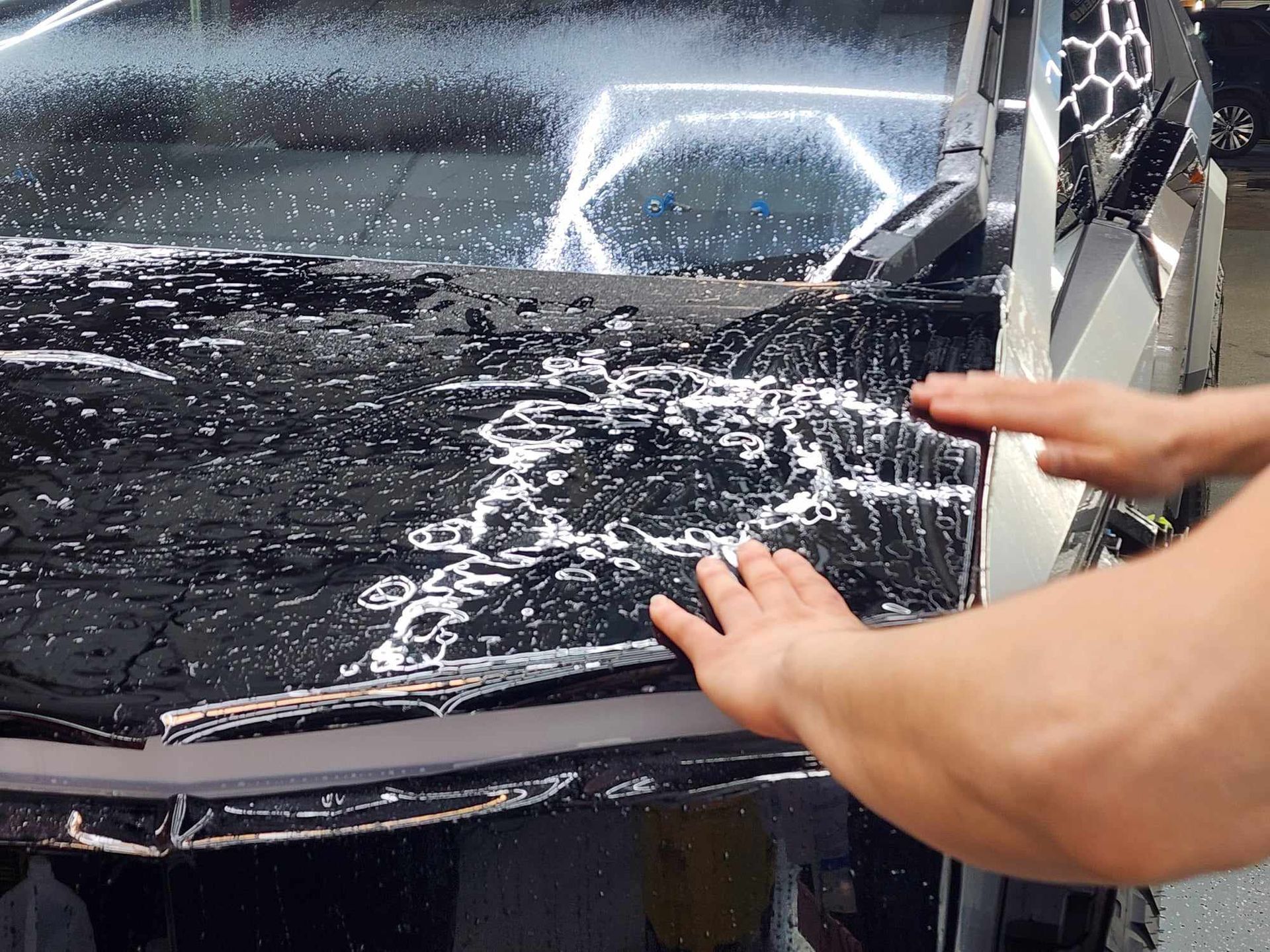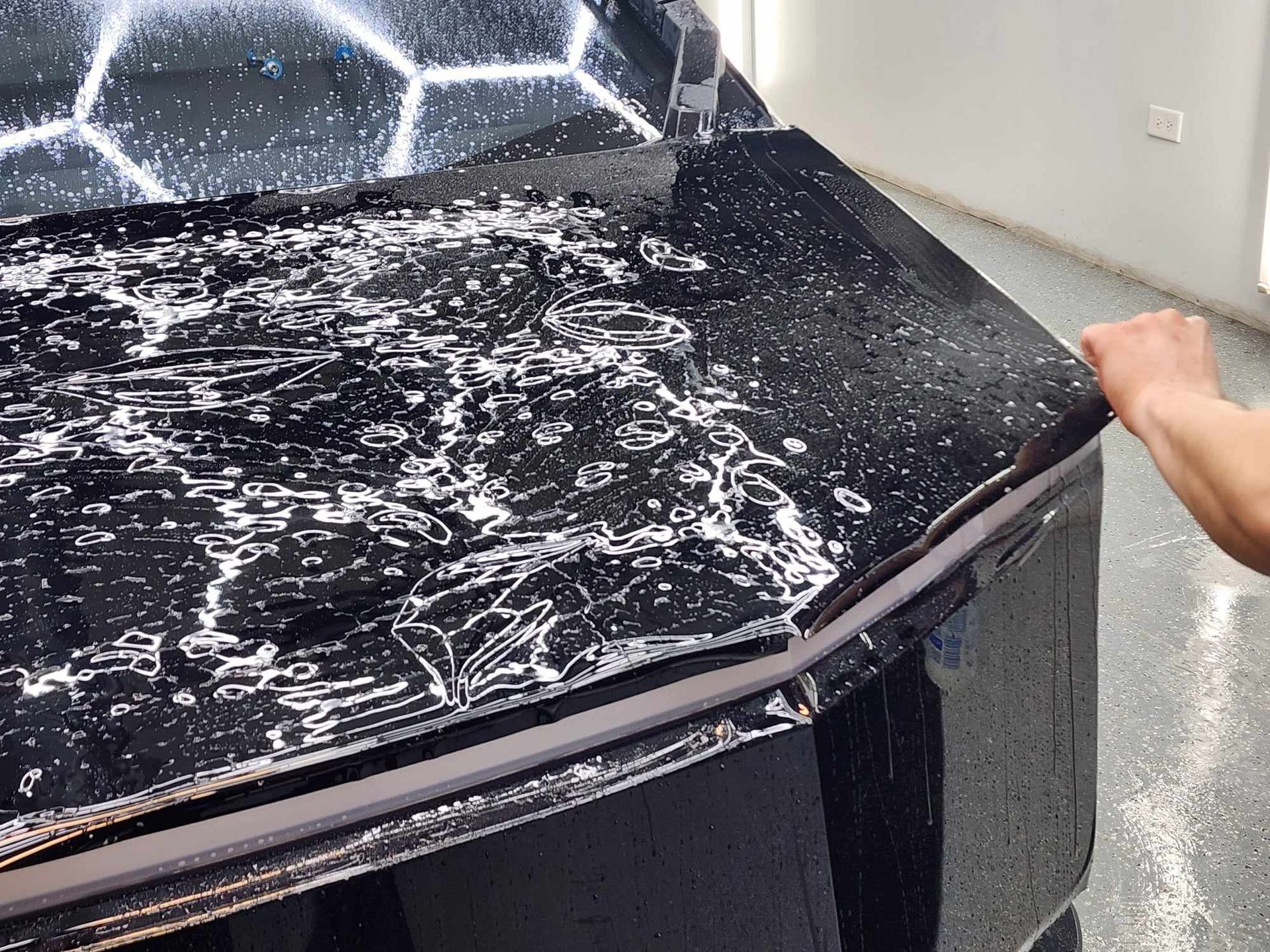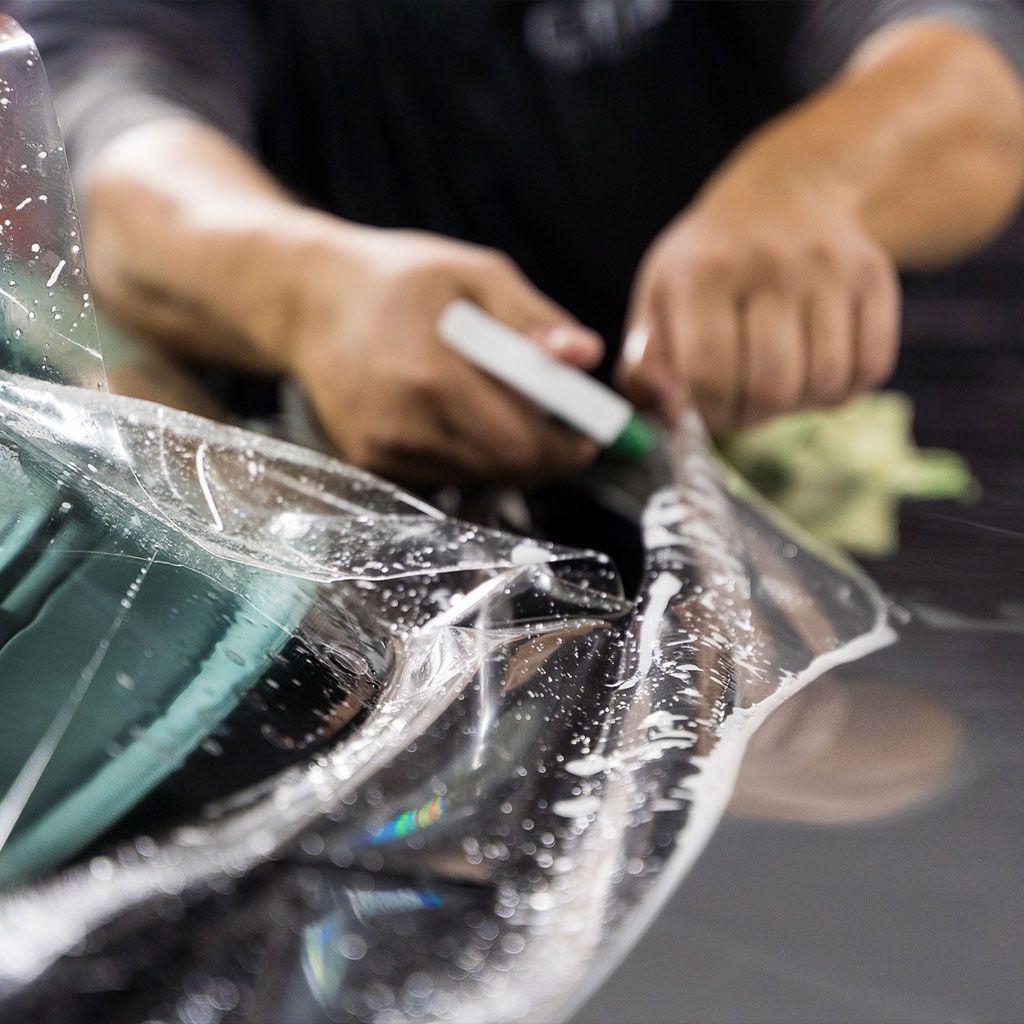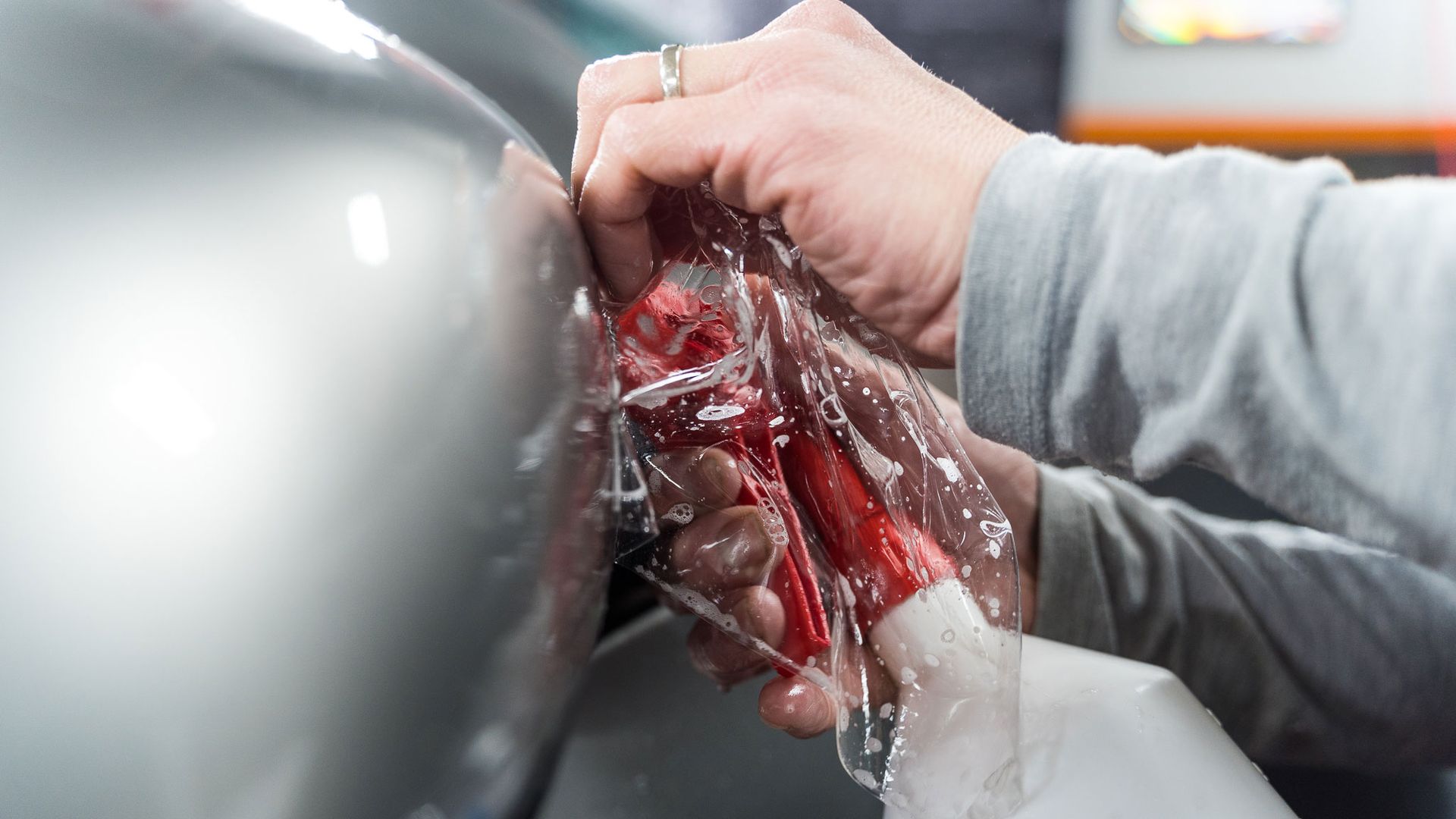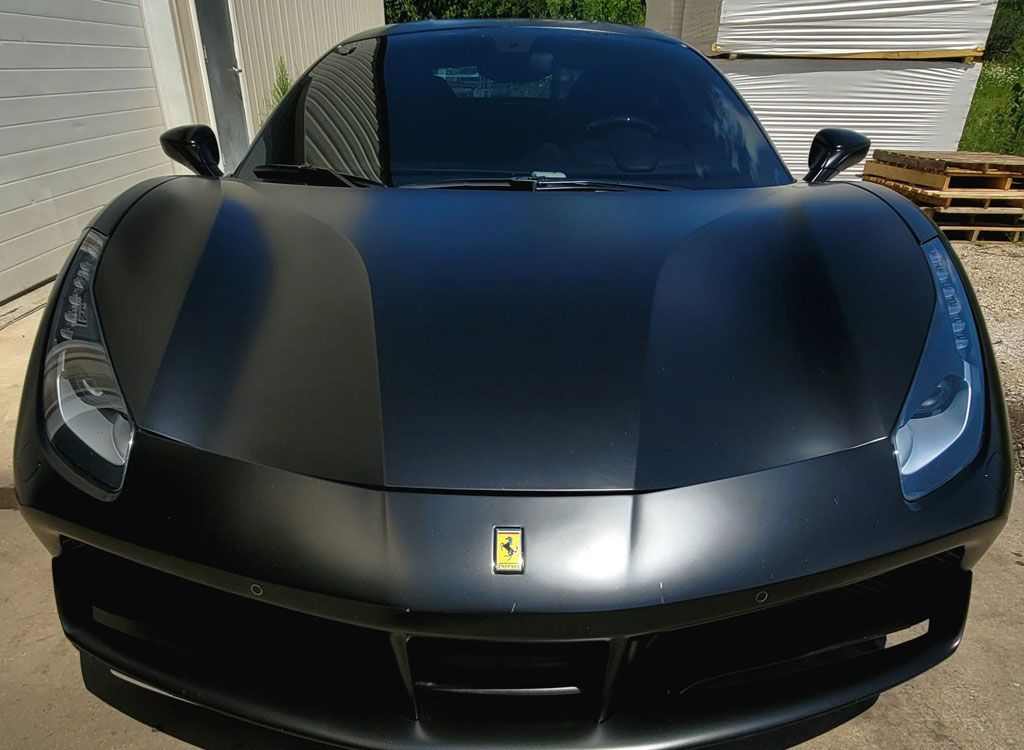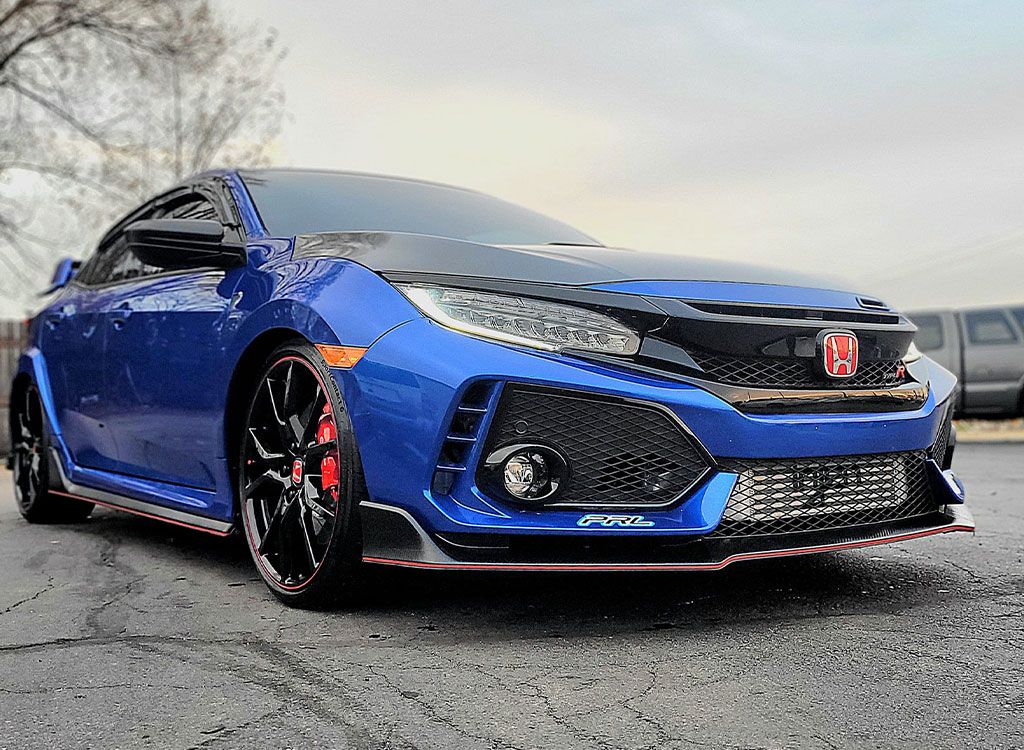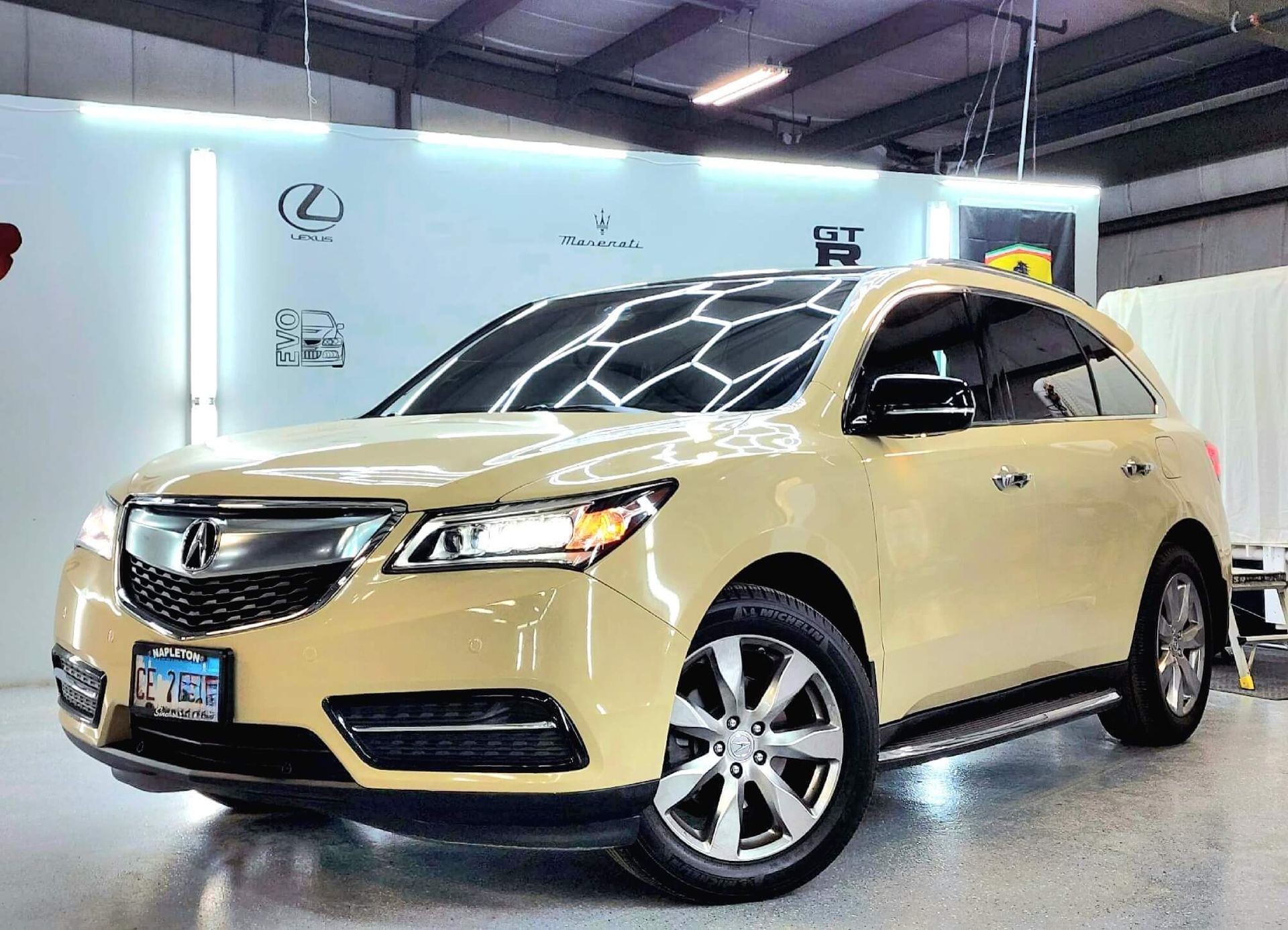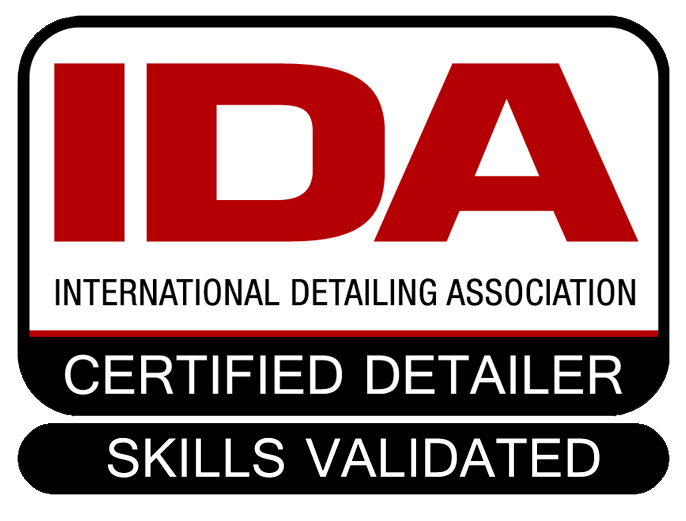Understanding the Role of Paint Protection Film for Long-Term Vehicle Care
Paint protection film, commonly known as clear bra, is an innovative solution for maintaining your vehicle's pristine look over time. Every car enthusiast knows the pain of seeing a fresh scratch or stubborn stain on their beloved ride. Whether it's the relentless chips from gravel roads or the harsh UV rays that dull your paintjob, protecting your car’s exterior feels like an endless battle.
Paint protection film (PPF) plays a crucial role in long-term car care by providing a protective barrier against environmental hazards such as scratches, rock chips, and UV exposure. By absorbing impacts and preventing blemishes, a paint protection film helps maintain the aesthetic value of the vehicle while extending its lifespan, ultimately supporting higher resale values and reducing the need for frequent touch-ups or repainting.
What is Paint Protection Film?
Paint protection film is more than just a clear layer draped over your vehicle; it serves as a formidable shield against everyday adversities. This transparent film is expertly designed to withstand the rigors of road life, protecting the paint from scratches, chips, and damage caused by environmental factors such as UV rays and harsh weather conditions. The film's effectiveness lies in its construction—crafted from high-quality thermoplastic urethane, PPF adapts to various surfaces effortlessly while remaining virtually invisible to the naked eye.
Composition of PPF
Exploring the composition of paint protection film reveals its robustness. The film typically comprises several layers, each performing vital functions that enhance its protective qualities. The topmost layer features a clear coat that not only boosts the film's gloss but also provides self-healing properties. This means that minor scratches or swirls can disappear when exposed to heat, ensuring that your car maintains its pristine appearance over time. Beneath this is a middle layer made of polyurethane—a material renowned for its elasticity and resistance to impact. This combination results in a highly durable barrier that can absorb shocks and protect against debris without compromising appearance. The real magic happens at this junction where technology meets practicality; PPF gives vehicle owners peace of mind, knowing their investment is safeguarded against daily wear and tear.
Key Advantages of PPF
When you think about vehicle protection, the term "superior protection" comes to mind right away. PPF excels in this regard, serving as a robust shield against a variety of damaging elements.
- Damage Protection: One of the significant benefits of a paint protection film is that it prevents damage from stone chips and bird droppings—common nuisances that can mar your vehicle’s paint job. Regular exposure to these irritants can lead to costly repairs; however, with a paint protection film, those worries become less daunting. The film acts as a resilient barrier, deflecting minor impacts and preserving the original paintwork's integrity. Its self-healing properties also mean that minor scratches vanish on their own, keeping your car looking pristine.
- Enhanced Aesthetics: The transformation in aesthetics that comes with applying PPF shouldn't be underestimated. As you look at your vehicle post-installation, you’ll likely notice a striking glossiness that elevates its overall appearance—almost as if it has been freshly waxed. This feature is particularly important for luxury car owners who prioritize maintaining their vehicle's showroom shine. Imagine pulling up in a car that reflects light beautifully and stands out on the road! Not only does this provide a boost to your vehicle's image, but it also plays a part in preserving its resale value over time.
- Ease of Cleaning:
When you own a car, regular cleaning is essential, but it can often feel like a chore. PPF lightens this load by reducing the frequency and effort required for washing your car. One of the main reasons for this ease is how dirt and debris are less likely to adhere to the PPF surface compared to bare paint. This characteristic means that after a rainy day or a drive through dusty roads, you’ll find yourself spending less time scrubbing and more time enjoying your pristine ride. A quick rinse might often do the trick, allowing you more freedom without constant worry about grime buildup.
Cost and Maintenance Factors
The journey of incorporating paint protection film into your vehicle's care regime begins with understanding the various costs associated with this choice.
- Initial Investment: A typical investment in PPF can range from $500 to $2,500 or even more, depending on the extent of coverage desired and the quality of the film you choose. This initial outlay may seem daunting, but consider it an upfront investment towards preserving your vehicle's aesthetic appeal and resale value. Just like any good insurance policy, spending a little more at the beginning could save you significantly in repairs or repainting down the line. Films made by reputable brands often come with better warranties and durability, meaning they withstand environmental challenges more effectively than lesser-known products.
- Maintenance: Regular inspections are advisable to ensure that PPF remains intact, particularly after exposure to extreme weather conditions or rough driving scenarios. If you've recently driven on a gravel road or through heavy rain, it's a perfect time for a quick visual check. While PPF is engineered for durability, it isn't invincible—look out for signs that might suggest areas where adhesion has weakened or damage has occurred, such as lifting edges or bubbling. If you're driving in particularly hot climates or frequently park under direct sunlight, consider these conditions warranting extra attention.
- Longevity: High-quality paint protection film typically boasts a lifespan of between 5 and 10 years. This impressive span not only reflects positively on your initial investment but also enhances your vehicle's overall upkeep during that period. Thus, for those planning to keep their vehicles long-term, opting for paint protection film is undeniably worthwhile. Investing in high-quality film enables your car’s finish to remain pristine longer while prolonging its visual appeal and market value over time.
How PPF is Applied
The process of applying a paint protection film is an intricate dance of precision and care. While some might think they can tackle this as a DIY project, entrusting the task to professionals usually yields the best results. Their expertise guarantees that every detail is addressed, from preparation to installation, ensuring a flawless finish.
Step-by-Step Application
This meticulous process begins long before the film actually touches the car's surface. Each step in this application process is critical for achieving optimal protection and longevity.
- Surface Preparation: The first phase centers on thorough cleaning. This isn’t merely rinsing off dirt; it involves a detailed cleaning that targets every speck of debris. The vehicle must be washed with industry-grade soap, followed by rinsing and drying to leave no moisture behind. After this initial clean, a clay bar treatment is employed to eliminate contaminants bonded to the paint's surface. This crucial step ensures the film adheres properly. Just picture it: all those tiny impurities standing between your car’s paint and a protective film finally being stripped away, allowing for a smooth canvas.
- Film Cutting: Once preparation is complete, the next step involves precise cutting of the film. Most professionals utilize design software to pre-cut the film to match each specific vehicle’s contour, ensuring exact fitment around curves and edges. This innovative approach minimizes waste and enhances installation speed while preventing any bubbles or creases from forming during application. You can imagine how important it is to have a perfect fit; even small misalignments can compromise not just aesthetics but also effectiveness.
- Installation: With perfectly cut strips ready, it's time for installation. The paint protection film is applied using a slip solution, which provides the necessary lubrication for repositioning during installation; this becomes invaluable as one slight adjustment could make a world of difference. Using a squeegee, trained technicians then push out air bubbles and excess solution beneath the film while ensuring adherence without wrinkles or folds—almost like wrapping a delicate gift with care.
- Cure Time: After applying the film, patience once again comes into play during the curing period. Typically lasting between 24 and 48 hours, this wait allows the adhesive in the PPF to firmly bond with the car's surface. It's essential to keep the vehicle dry and free from any pressure in these critical hours so that everything sets perfectly. Visualize this as letting fresh paint dry; rushing it can lead to undesirable results!
By understanding this comprehensive approach to PPF application, you pave the way for unparalleled protection of your vehicle’s exterior surface.
Long-Term Vehicle Preservation
The implementation of paint protection film isn't just about immediate benefits; it's a strategic investment in the future value and longevity of your vehicle. This durable film creates a shield against the rigors of daily driving, ensuring that your car remains in peak condition for many years to come.
Resell Value
One of the most notable advantages of this protective layer is its influence on resale value. Research consistently shows that well-maintained cars command higher prices on the resale market. Vehicles equipped with paint protection film can see a remarkable 10-15% increase in resale value compared to those without any protection. Imagine walking into a dealership and knowing that you've made an investment beyond just initial purchase costs—you're securing an asset that pays dividends when you're ready to sell or trade in.
Protection from Natural Elements
Another crucial aspect of paint protection film is its ability to protect vehicles from natural elements that can rapidly deteriorate paint quality. Acid rain, tree sap, and even bird droppings pose significant risks to a car's finish. The chemical properties in these substances can eat away at the car's paint, leading to discoloration and surface damage. By acting as a barrier, a paint protection film absorbs impacts from these corrosive agents, preventing them from harming the underlying paintwork.
Long-Term Cost Savings
When you consider the long-term cost savings, investing in PPF becomes increasingly appealing. While the upfront cost may appear significant, it's essential to weigh this against potential expenses associated with paint correction and repairs down the line. Keeping your vehicle's exterior pristine can save you considerable sums over the years spent addressing damage caused by road debris or environmental exposure. In fact, many car owners find that these savings quickly offset the initial investment in paint protection film after just a few years.
Choosing the Best PPF for Your Car
Selecting the right paint protection film is more than just picking a product off the shelf; it requires thoughtful consideration of your specific needs and preferences. First and foremost, you should assess what you want to achieve with the film. Are you looking for maximum protection against road debris, or do you value aesthetics just as much? Understanding these needs will effectively guide you through the selection process.
Factors to Consider
When searching for PPF, consider several key factors that can significantly influence your choice.
- Quality: One cannot stress enough the importance of choosing high-quality materials. Reputable brands have established themselves in the market due to their commitment to durability and effectiveness. These manufacturers often provide warranties that add extra peace of mind to your investment. Put simply, going for a trusted brand usually ensures that you won’t be dealing with peeling edges or fading finishes down the road.
- Customized vs. Universal: Another vital aspect is whether to choose customized or universal kits. While universal kits might seem appealing due to their lower price point, they often fall short in providing an ideal fit for unique vehicle designs. Customized PPF is crafted specifically for make and model, ensuring greater coverage and finish consistency. High-end vehicle owners typically prefer tailored solutions as they seamlessly blend into the car's aesthetics while offering robust protection.
- Professional Installation: Finally, the installation process can greatly impact the film's effectiveness and longevity. Professional installation is highly recommended because trained installers have the skills and tools necessary to apply PPF without compromising its integrity. A poorly applied DIY job may leave bubbles, wrinkles, or misalignment—issues that not only detract from appearance but could also shorten the lifespan of the film itself.
Investing in quality paint protection film is essential for maintaining your vehicle's appearance and resale value over time. By carefully considering branding, fit, and professional installation, you can ensure your car remains in pristine condition for years to come.
High-Quality Paint Protection Film Services in Elgin, IL
Protect your vehicle’s paint with CM3 Detailing Studio & Ceramic Coating’s
high-quality paint protection film (PPF) services in Elgin, IL. Our expertly installed PPF provides a durable shield against road debris, scratches, and environmental hazards, all while maintaining your car’s original finish. With precision application and high-quality film, your vehicle will enjoy long-lasting protection and a flawless appearance. Secure the ultimate defense for your car's paint by scheduling your PPF installation today. Call us at (630) 400-6766 to get started!

